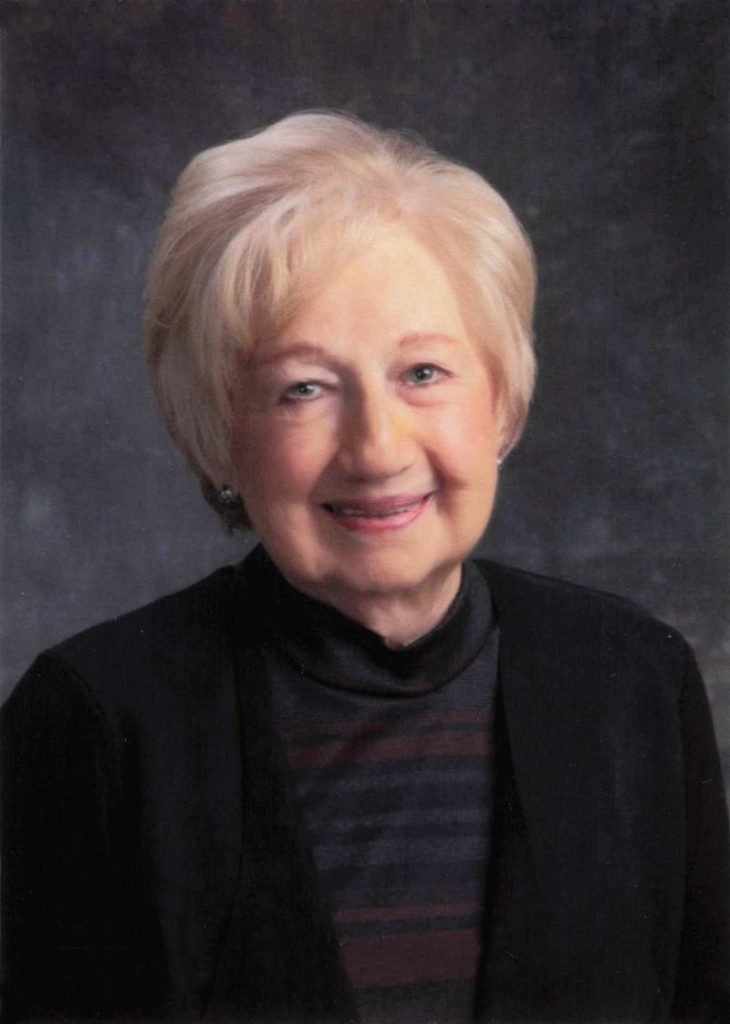Siloam Springs State Park: A lifelong love affair
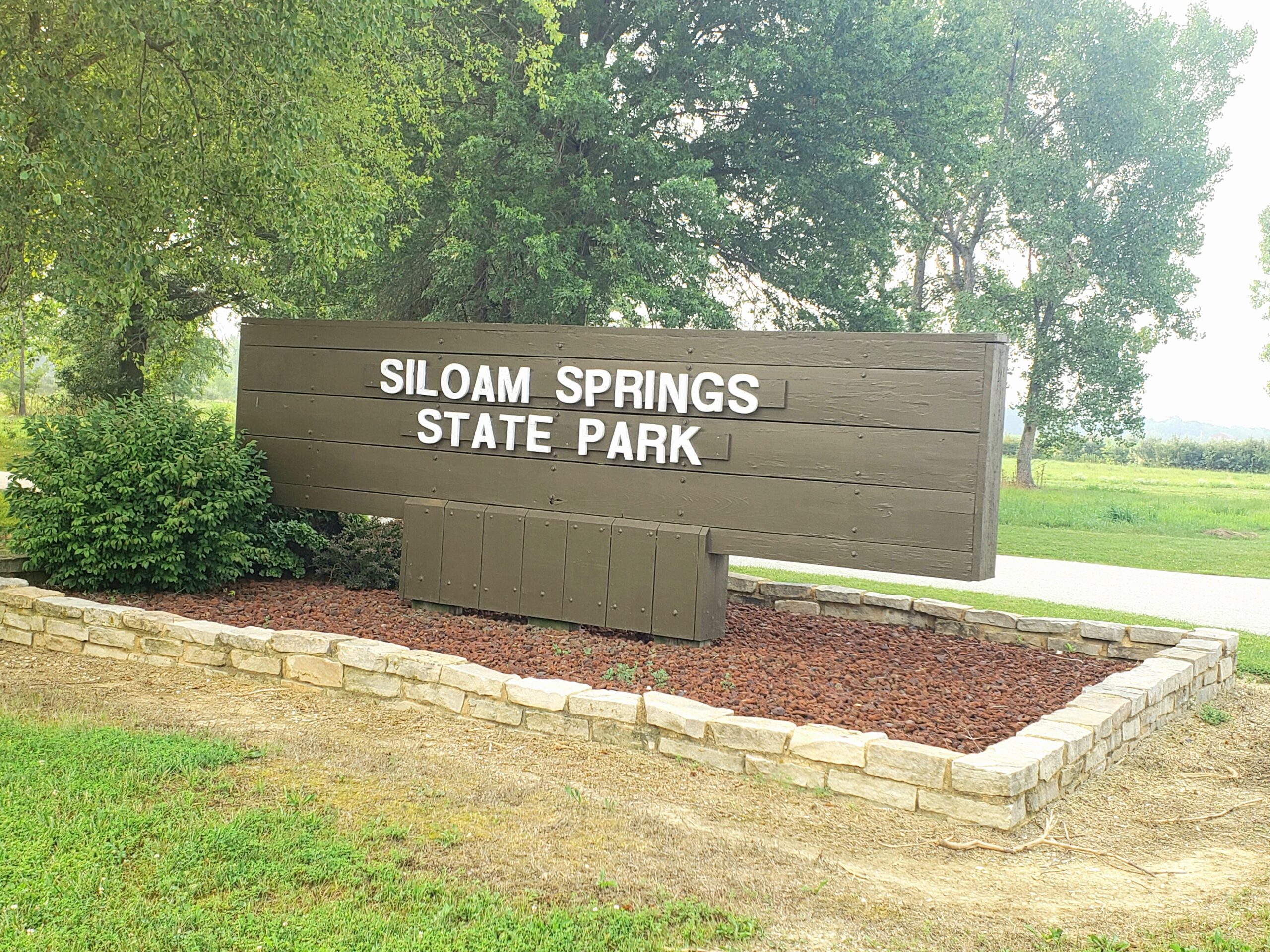
ADAMS COUNTY, Ill. — Special places embed themselves in memory and one longs to return and relive moments when the world opens wondrously to awed senses.
Siloam Springs State Park near Clayton on the far eastern edge of Adams County has always been that place for me. The first time I visited here as a young child a lush expanse revealed itself where you could run and roam unfettered as wildlife and wind. My brother and I chased butterflies and grasshoppers across a vista free from the pervasive illusion I first realized here that the real action is urban and this merely boring hinterland.
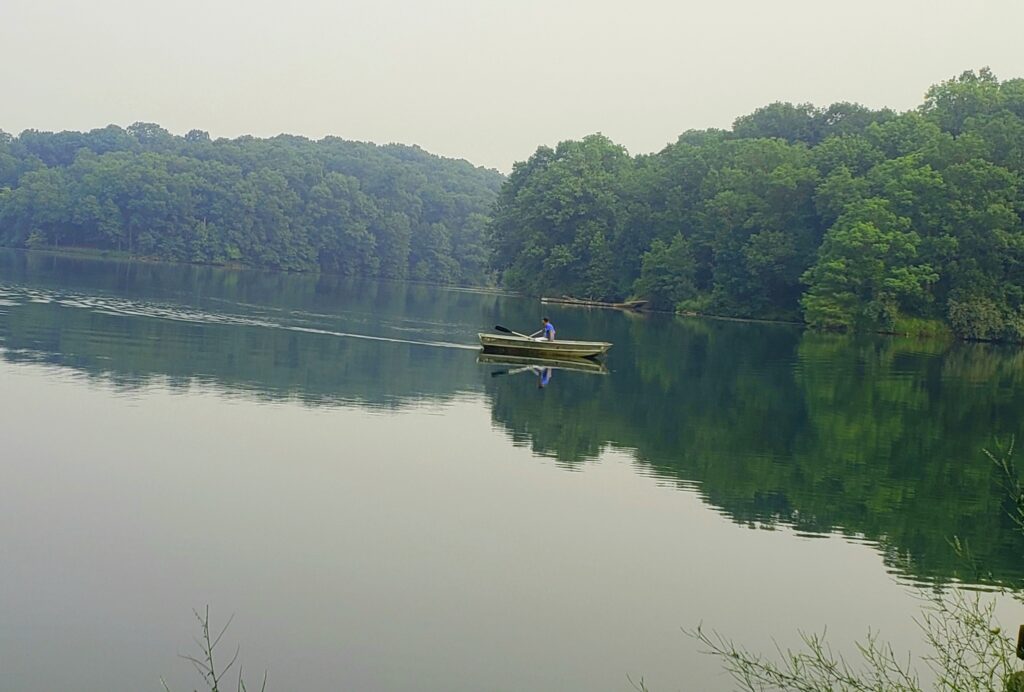
What is now Siloam Springs State Park was originally part of the military tract of western Illinois—land set aside for combat veterans to live. An early resident, George Meyers, acquired the land in 1852 for his service in the Black Hawk and Mexican Wars. He died in 1882 at the age of 102, and his longevity from living on this tract spurred Rev. Reuben K. McCoy to explore this area’s geology in depth. McCoy discovered the abundant mineral springs here and named them after a Biblical reference.
Quincy Burgess, a local historian and livestock dealer, eventually purchased the land and tested the spring waters. During this era before modern analgesics, people valued mineral waters for their pain relief and ability to soothe tired muscles. After finding that Siloam Springs contained more mineral content than both the famous Eureka and Waukesha Springs, Burgess turned this area into a formal retreat for healing that attracted people from distant locales. In 1884, he built a bathing house and soon the Siloam Forest Home Hotel. In addition to his growing clientele, he bottled the water and shipped it to consumers as far away as Kansas City. His business thrived for several decades.
In 1935, the Siloam Springs Recreation Club purchased the site and began a campaign to turn it into a recreation area for local citizens. Soon this grassroots movement directed its efforts to the State of Illinois for control and maintenance, and in 1956 the 3,323 acre Siloam Springs State Park opened to the public.
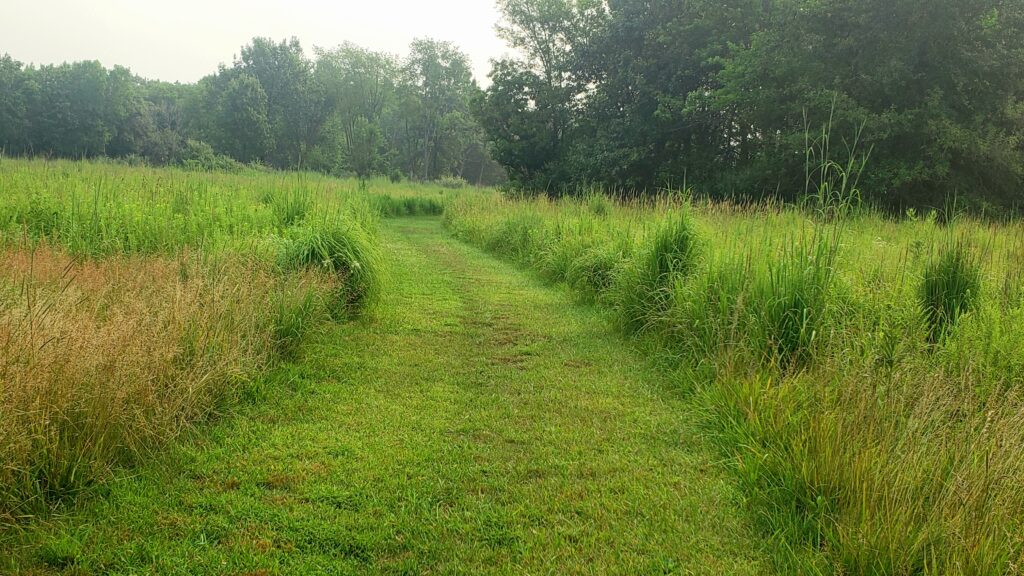
I recently hiked one of Siloam’s trails on a Summer day when a chorus of birds echoed across trees that had unleashed a canopy of green over fields dotted with a carpet of wildflowers. Deer occasionally rustled in the woods. The air held a pristine tang. I walked enthralled by it all…and remembered.
As a youngster brimming with energy, I sometimes rode my bicycle to Siloam Springs along the Kellerville Blacktop. This park became a sanctuary of solitude in my increasing complicated life. I would dip the front tire of my bicycle in the lake and watch the sun arch over the forest and reflect in glimmering sheets on the water. What the future held loomed uncertain, but for now I basked in a delightful abode.
As an adult I would later hear the terms “Gaia” (the idea that Earth is a single organism) and “Biophilia” (the affinity of humans for all life), but whenever I returned here as an exuberant youth I intuitively knew what they meant. Here my passion for nature had its genesis. This park became my second home, a place where I could rejoice in being alive.
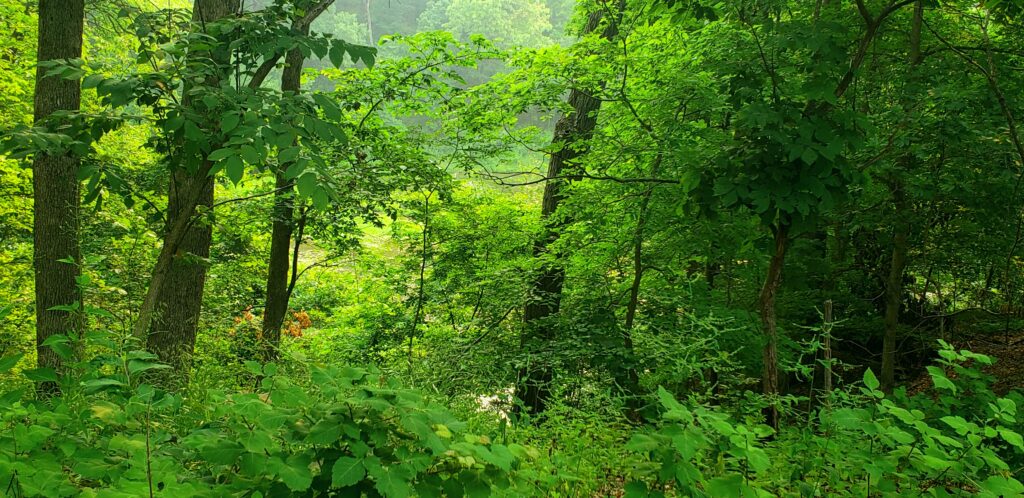
There were family picnics, birthday parties, and school activities when we gathered here and celebrated. I sometimes fished in Siloam Lake and proudly held up my catch for a Polaroid before rebating my hook and recasting the line. Even when mosquitoes or ants or weather tried to put a damper on the good times, I learned to take it in stride. I was realizing that I was not in control of events, and that is a valuable lesson for a youngster.
Although I knew the bandied-about phrase “war with nature, I reflected in my youthful idealism: Is humankind outside of nature and free to recklessly impose its will on its processes? “Nature, red in tooth and claw” I read in an elegy that poet Alfred Lord Tennyson wrote for one of his friends who had died. Experiencing the changing seasons in this park, though, and the cycles of nature coming full circle, I reflected: The necessary completion of existence allows Spring to emerge in parks like this from the seeming dormancy of Winter. What we bury rises anew.
Transcendentalists like Ralph Waldo Emerson, Walt Whitman, and my hero, Henry David Thoreau, placed in my adolescent mind a more embracing perspective, where humanity strives valiantly to harmonize with nature and plans accordingly.
I got my drivers license at 16 and sometimes borrowed my parents’ car and drove here. Beyond all of life’s noise and chaos, I heard the “one song” of the universe in this park. What would it be like to live like Thoreau in these woods, I mused? Sometimes I brought a copy of Walden Pond with me and read in a forest clearing. A life like Thoreau’s seemed idyllic, and I wrote in my journal. “Nature is a cornucopia where sustenance and exhilaration is provided and you are never alone.”
A year later I fell in love with a girl for the first time and questioned that bold assertion. Then it dawned on me that this, too, is part of nature. She was an exuberant young lady, as our drama of now being a “couple” evolved. There is not an “I” in “us” she would say. Is this not the essence of all inter-related life? Being too shy for teenage dances or parties, I would took her to Siloam Springs, where we were, as they say, “one with nature.” Even when a torrent of rain tried its best to wash our plans into the gullies burrowing around us, we were happy. And while she passed though my life like the seasons, she remains part of my inner mythology, an incarnation of Pomona: goddess of parks, gardens, and green spaces.
In college I took a biology course titled “Upland Forest Ecology” held as a camping trip at Siloam Springs and team-taught by three Quincy College professors—George Schneider, Al Pogge and Fr. John Ostdiek. Our class explored plant and animal life from pine forests, to aquatic ecosystems, to birds that traverse these forests. As we camped in canvas tents and cooked by campfires, we witnessed the creative process within the astonishing web-of-life. I was well-aware of the clash between science and religion, but here the intimacy of nature transformed this park into a cathedral with a dome of sky, an altar of conifers, and our class acolytes in an alcove of renewal and re-creation.
In mid-May of this year, 35 years after graduating from college, I completed the University of Illinois Extension’s Master Naturalist program and again returned to Siloam Springs. This place awakens in me the child who looks with wonder at its bounty and beneficence. We are fortunate to have a state park like this in Adams County, a sanctuary for reflection about what life means in the larger scheme of things.
A Master Naturalists manual passage gave me pause: If the Earth’s age of 4.6 billion years, as scientists estimate, were placed on a 24 hour clock, only at 11:58 p.m. did humans emerge on the scene and even later civilization begin. We remain very recent interlopers and tethered to a world whose ways can only be faintly understood and never completely controlled. But we can attempt to foster a more environmentally sound balance that respects our shared and dependent life with the rest of creation.
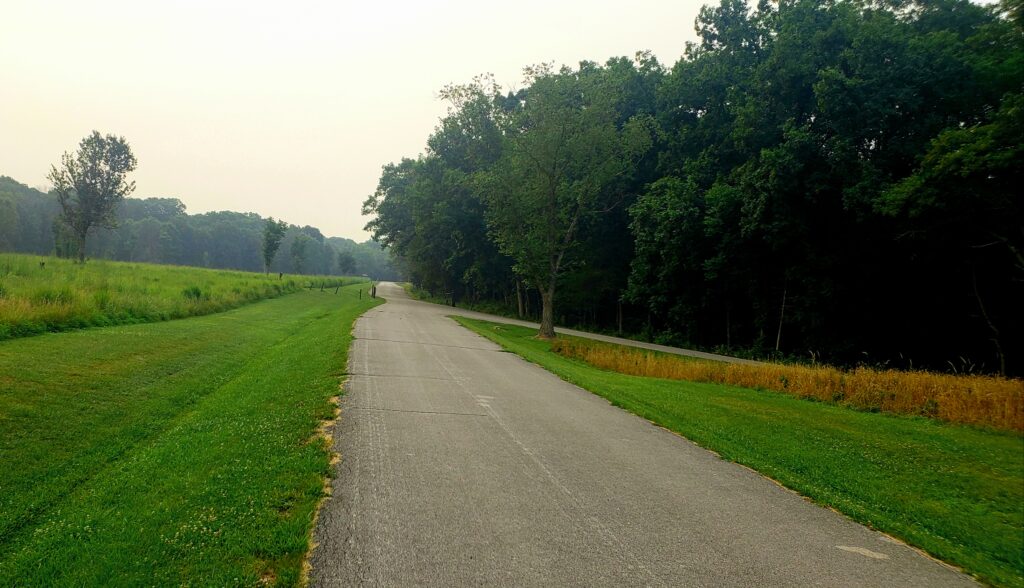
Pristine lands like Siloam Springs State Park showcase for our witnessing and partaking the wondrous glory and the inter-contentedness of existence. When you look at the profusion and diversity of organic life here, and in other sites set aside for wilderness and the preservation of nature, the words of astronomer Carl Sagan that Earth is a “pale blue dot” in the vastness of the cosmos take on new meaning. One where all of us passengers voyaging together on this planet can hopefully live more aware and appreciative of our place in the world. Perhaps only then will what we mean to ourselves, to the human and non-human, and to the source of it all be more completely revealed.
Joseph Newkirk is a local writer and photographer who graduated in mid-May from the University of Illinois Extension’s Master Naturalist program. His love of nature began as a child visiting Siloam Springs State Park and his appreciation of all life deepened later by studying biology at Quincy College.
Miss Clipping Out Stories to Save for Later?
Click the Purchase Story button below to order a print of this story. We will print it for you on matte photo paper to keep forever.

